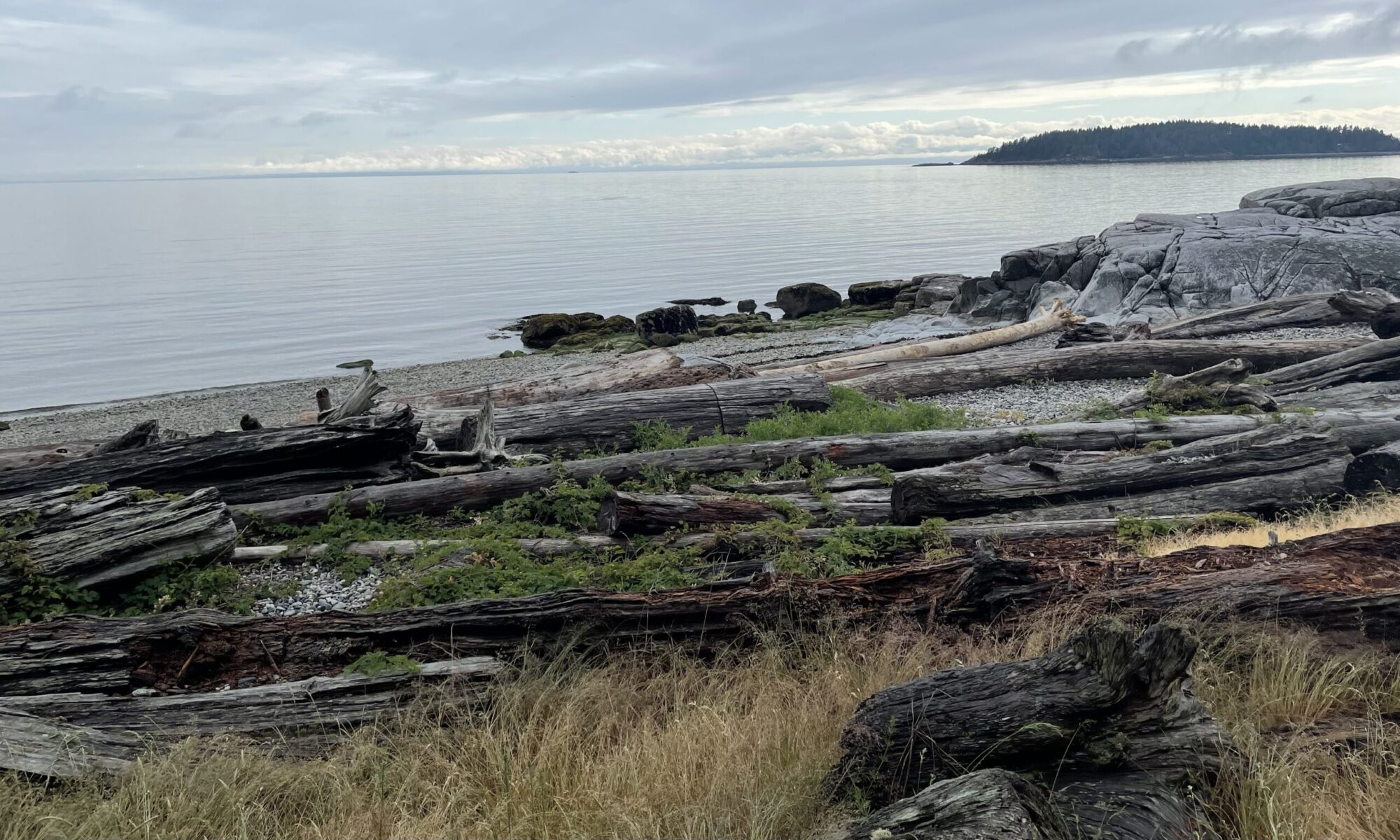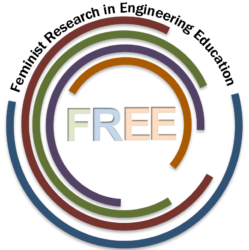In her book Decolonizing Methodologies: Research and Indigenous Peoples, researcher Linda Tuhiwai Smith encourages researchers (particularly white researchers) to explicitly answer the following questions when working with indigenous communities:
Whose research is this?
One could say that this research is mine, as the initial conceiver of the research questions and methods. One could also say that this research belongs to the people who participate in it, including the storytellers and testimonial tellers, and to the community of people who see themselves reflected in its outcomes. But I will say I am committed to collaboratively owning and sharing this research.
Who owns the research?
Many groups have ownership stakes in this research. The National Science Foundation has a partial stake because it has funded it. The organizations I have partnered with to recruit participants have a partial stake because they are invested in the wellbeing of their membership. The individuals who are interviewed have a significant stake because the data is formed from their own words and experiences. I have a partial stake because I have committed my ideas, time and other resources to see the research through. My research team members have a partial stake because they have contributed their time and thinking to its implementation.
Whose interests does the research serve?
The research serves the interests of multiple groups. It should primarily serve the interests of people who participate in the interviews, whether they use their interview for storytelling or testimonial. However, it also serves my interests, as I am hoping it will allow me to provide new critique of engineering education practice and philosophy informed by critical and feminist theory.
Who will benefit from the research?
I am planning this research so that both student participants — those who have their stories recorded and then shared back with them — will benefit, as this may prompt them to share stories with their friends, family and community, if they haven’t done so already. I also intend for this research to benefit students of color who do not participate and their families and communities. My research team and I will also benefit from this research being done respectfully and comprehensively as it may become known as a model for doing important research on underrepresentation in engineering education.
Who has designed its questions and framed its scope?
I have, but I have been influenced by many others who have come before me.
Who will carry the research out?
My research team and I will do so. My team is a diverse group of people, and I will train them in strong and respectful qualitative data collection and analysis, and we will each learn from each others’ perspectives as we consider the data collected for this project.
Who will write it up?
My research team and I will do so.
How will its results be disseminated?
The research findings, the narratives generated through this study, the persona workbook, and the workshop structure and evaluation outcomes will be disseminated to four primary audiences:
- The organizations from which research participants were invited to participate (AISES, NSBE, SHPE, and SWE), returning the research results to the source of the data both as a form of respect and as member checking;
- Academic engineering and engineering education research audiences, accessed through 1) professional national conferences such as the American Society for Engineering Education (ASEE) National Conference and Exposition, ASEE/IEEE Frontiers in Education Conference (FIE), and the American Educational Research Association (AERA) annual conference, and 2) archival journal publications, such as the Journal of Engineering Education, and the Journal of Women and Minorities in Science and Engineering;
- Engineering education leadership, accessed through workshops and presentations coordinated with local organizations (such as Purdue’s College of Engineering) and professional venues and organizations (such as ASEE and FIE); and
- Science studies and educational studies audiences, accessed through archival journals such as Engineering Studies, Journal of Higher Education, Technology and Culture, Cultural Studies in Science Education, Qualitative Inquiry, and NWSA Journal.
My team and I will disseminate research findings through presentations, archival journal publications, and online through the project website, with the workshop guidebook and persona workbook posted online. I have experience using blogging and social networking sites to disseminate my current research, and will direct my current online infrastructure to this project’s dissemination. I will work with leadership in AISES, NSBE, SHPE and SWE to conceive and develop separate publications of narratives that showcase the voices of underrepresented undergraduate engineering students.
Reference
Tuhiwai Smith, Linda. (1999) Decolonizing Methodologies: Research and Indigenous Peoples. Zed Books: New York.

